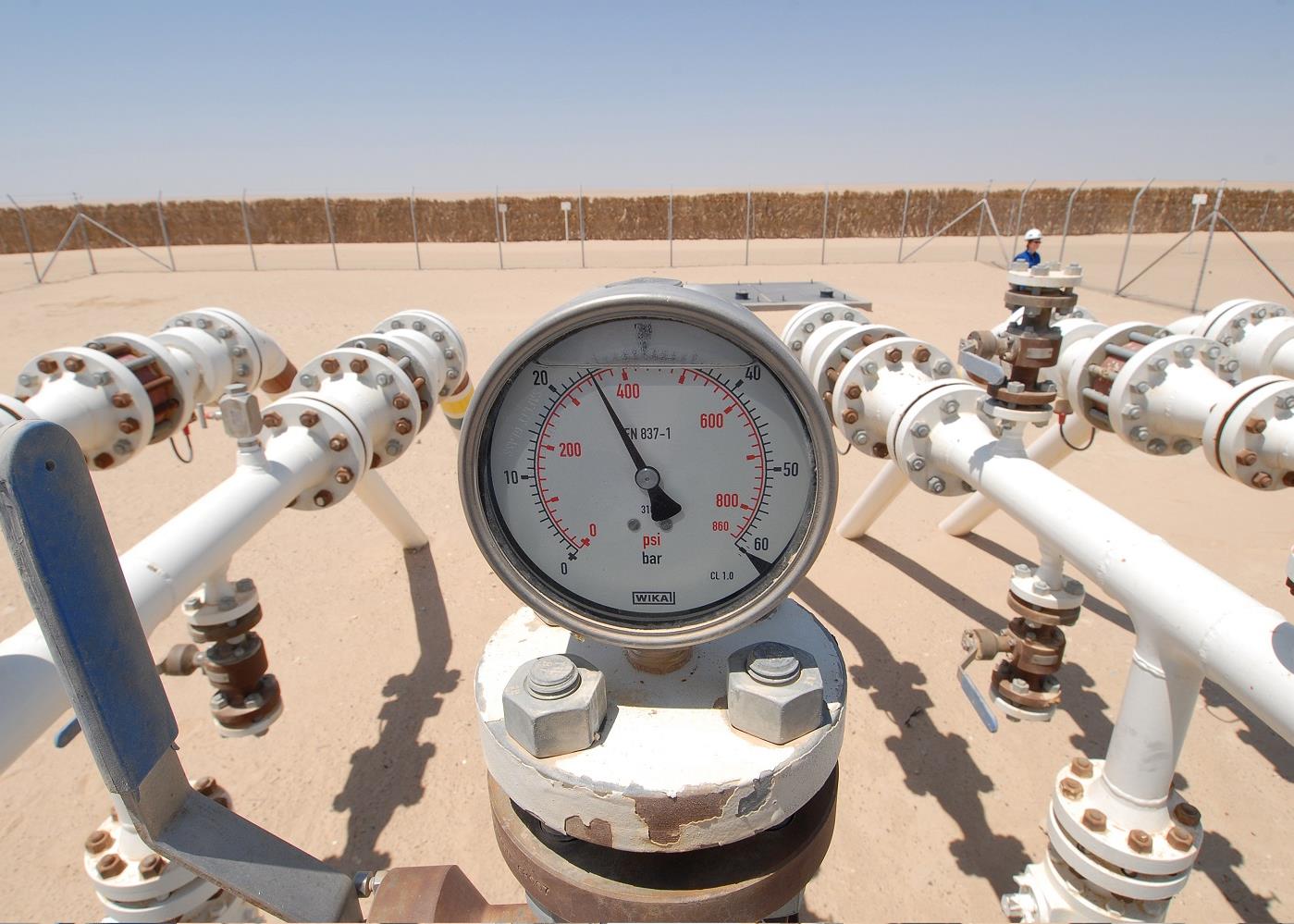
International investment could serve developers as emirates market continues slow growth
Abu Dhabis property market began to recover in 2013, with the freehold residential market expanding rapidly on the back of what was then a growing population. It was boosted with project handovers, which contributed to an improvement in overall freehold market activity.
Growth continued and in 2014, projected population growth sustained the demand for letting units and despite the lifting of the rental cap, rental value growth in 2014 was 2.7 per cent compared with 9 per cent in 2013. As a result, developers and landlords alike found themselves under pressure from more price-conscious tenants.
No rebound
But unlike Dubai, in 2013 and much of 2014, there was no super growth rebound for the capital, as growth in the market remained relatively subdued.
Further to this, the markets demand is expected to be matched, with 18,000 units likely to be completed and ready in 2015, according to US real estate consultancy JLL.
The combination of supply and demand economics with an expected slowdown in population growth has meant some Abu Dhabi developers may have to look abroad in order to expand their portfolios as the local market shows signs of limited growth in the future.
Nonetheless, from a projects point of view, the capital built on growth from 2013. During that year, there was $3.7bn-worth of contracts awarded for residential and mixed-use projects in the emirate, and in 2014, that number only slightly increased to $4.1bn, according to data from regional projects tracker MEED Projects.
No major projects were announced in 2014, with a slow residential market reflected in the activity of developers, while contract awards and project announcements picked up in 2013 and 2014, such as the local Aldar Sorouhs announcement of three residential schemes in 2014 Al-Hadeel, Ansam and Nareel Island. This improvement was limited and not to the level witnessed in Dubai.
Population forecast
In addition to this, developers are likely to be affected by the fact that while the population of Abu Dhabi has reached an estimated 2.5 million, the Abu Dhabi Urban Planning Council (UPC) expects that the capital will have 700,000 fewer residents by 2030 than originally projected.
A slow market was further perpetuated by falling oil prices in the final quarter of 2014. Unlike Dubai, Abu Dhabis economy remains heavily reliant on the energy sector, particularly oil production. And as oil prices continue to fall, government spending and confidence in the market is dampened due to the uncertainty caused by the declining prices.
With uncertainties surrounding the capitals real estate market, developers have focused their attention abroad.
Aldar Sorouh, for example, has expanded its portfolio outside the emirate with plans in Europe and the Middle East, and has even announced plans for a mixed-use real estate scheme in Kazakhstan.
Eagle Hills
Another key development that supports this shift has been the emergence of the local Eagle Hills, which made the headlines for ambitious international projects in Serbia and Nigeria. The company, which boasts a portfolio of $20bn following its merger with the local Al-Mabaar, has not announced anything in Abu Dhabi while proceeding with projects in North Africa, Europe and the rest of the Middle East.
It is also understood that Eagle Hills is considering plans for new schemes in Egypt, which is becoming an attractive destination for Gulf and UAE real estate investment.
MEED also reported in December 2014 that Abu Dhabi Financial Group (ADFG) paid £370m ($561m) for the headquarters of Londons Metropolitan Police Service, which is to be developed into luxury apartments.
You might also like...

Algeria signs oil deal with Swedish company
19 April 2024

Masdar and Etihad plan pumped hydro project
19 April 2024

Ewec signs Ajban solar PV contract
19 April 2024

Contractor orders compressors for onshore project
18 April 2024
A MEED Subscription...
Subscribe or upgrade your current MEED.com package to support your strategic planning with the MENA region’s best source of business information. Proceed to our online shop below to find out more about the features in each package.








